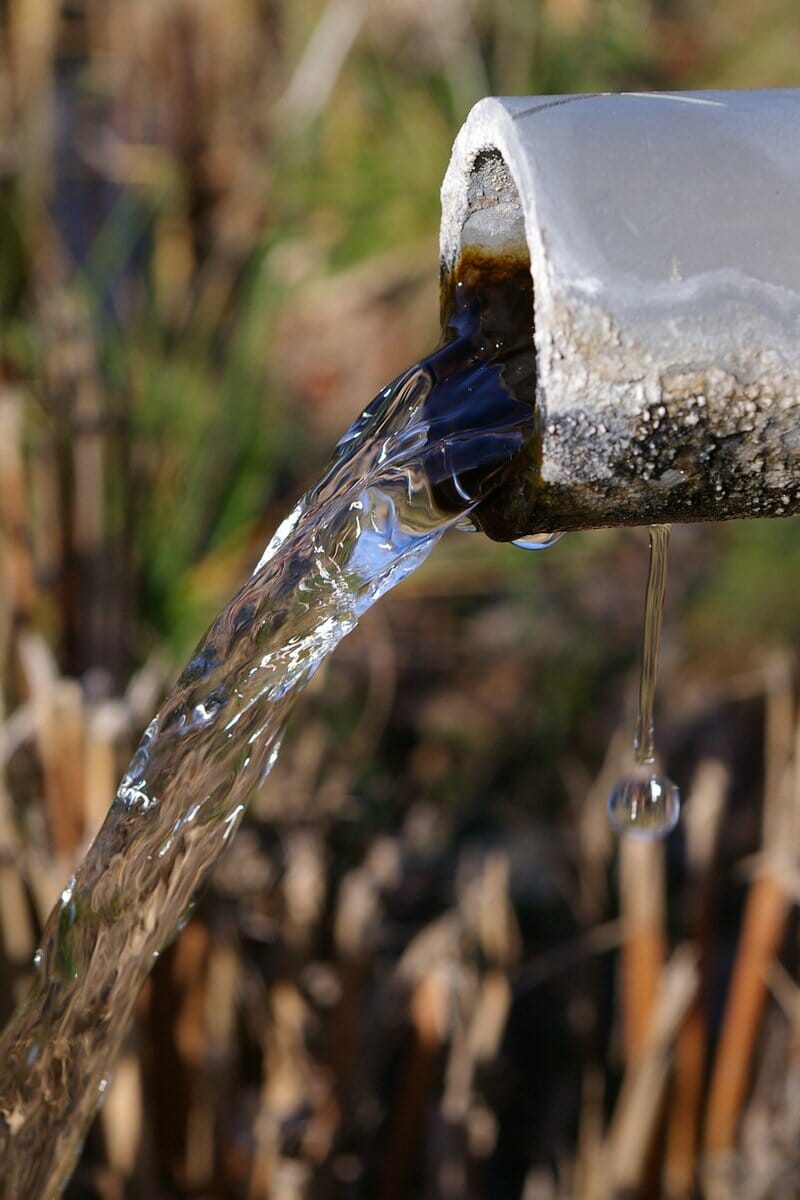Nothing is guaranteed to last forever; this adage applies to most parts of your home and also your main water line. The main water line is the underground artery that delivers the municipal
water supply into your home. It’s likely that you will not know much about your main water line, but knowing some information, such as: how long it is, where it’s located and how old it is, may be helpful later on. When a main water line has a problem, it can affect your entire home, and it will have to be fixed as soon as possible.
The Potential Scale of the Problem:
We use water in our homes for all kinds of things, besides drinking, such as washing dishes, taking a shower and flushing toilets, to name only a few. When the main water line develops a problem, it will affect every water using appliance and plumbing fixture in your home. If the damage cannot be repaired, any access to running water will be interrupted until a replacement can installed. This process of replacement could even take several days to complete.
A water line can last over 70 years, but those of us with older homes rarely know how old our water line is and what kind of shape it’s in. Considering the level of disruption and the costs that can be incurred, it’s no surprise that forward thinking people take matters into their own hands. A repair is much easier and cheaper to carry out when compared to a replacement. Plumbing experts recommend that a main water line inspection is carried out using a camera every two or three years to identify any problems.
Common Main Water Line Problems:
It may be assumed that a main water line buried underground is fairly well insulated from potential danger, but this is not the case. There are many external and internal threats that can affect the operation of your main water line. As far as external threats go, the most common is tree roots that creep toward the pipe over the years and then break through the pipe causing leaks and eventually a collapse. Another common problem is excavation carried out in the yard without knowing where the main water line is located. A shovel can easily pierce a pipe and cause a significant leak, wasting water and affecting your water pressure. Internal problems caused by a buildup of sediment can make the diameter of the pipe decrease in size over time lowering the water pressure to a point where it becomes unusable. Corrosion inside the pipe can also be an issue, and any metal pipe can become rusty after carrying water into your home for decades.
The Correct Course of Action:
Making a decision to replace a
main water line should only be made with some expert advice from a trusted local plumber. It may be the case that your existing water line is made from iron, which is prone to corrosion or lead, which is toxic and you want to change it anyway. Modern main water lines are usually made from PVC or copper making them a good option for those homeowners that want to replace their pipe.
By Giovanni Longo President Flood Brothers Plumbing
Giovanni Longo is a 3rd generation master plumber who has been practicing his craft and trade in the greater Los Angeles area for well over a decade and a half. A plumbing and hydraulics-engineering innovator, Giovanni’s particular world-class expertise focuses on dealing with challenging sewer system designs as well as resolving complex commercial and residential draining issues. As a certified Flood Mitigation expert, he is also well versed in a wide variety of water damage and remediation solution.





